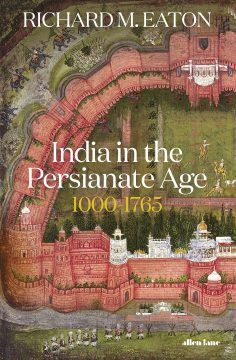William Dalrymple in The Spectator:
 India’s golden age as the centre of the Indophilic Sanskrit cosmopolis lasted an entire millennium. From 1200 onwards, however, it was India’s fate to be drawn into a second transregional world. The first Islamic conquests of India happened in the 11th century, with the capture of Lahore in 1021. Persianised Turks, from what is now central Afghanistan, seized Delhi from its Hindu rulers in 1192. By 1323, they had established a sultanate as far south as Madurai, towards the tip of the peninsula, and other sultanates were founded all the way from Gujarat in the west to Bengal in the east.
India’s golden age as the centre of the Indophilic Sanskrit cosmopolis lasted an entire millennium. From 1200 onwards, however, it was India’s fate to be drawn into a second transregional world. The first Islamic conquests of India happened in the 11th century, with the capture of Lahore in 1021. Persianised Turks, from what is now central Afghanistan, seized Delhi from its Hindu rulers in 1192. By 1323, they had established a sultanate as far south as Madurai, towards the tip of the peninsula, and other sultanates were founded all the way from Gujarat in the west to Bengal in the east.
Today, the 13th-century conquests of the Persianate Delhi sultans are usually perceived as having been made by ‘Muslims’, but medieval Sanskrit inscriptions don’t identify India’s Central Asian invaders by that term. Instead, the newcomers are identified by linguistic and ethnic affiliation, most typically as Turushka — Turks — or as ‘the lords of the horses’, which suggests that they were not seen primarily in terms of their religious identity. And although the conquests were initially marked by carnage and by the mass destruction of Hindu and Buddhist temples and places of learning, India quickly transformed the new arrivals.
Within a few centuries, a hybrid Persianate, Indo-Islamic civilisation emerged out of the meeting of these two worlds. As Richard M. Eaton writes at the beginning of his remarkable new book India in the Persianate Age 1000–1765.
More here.
